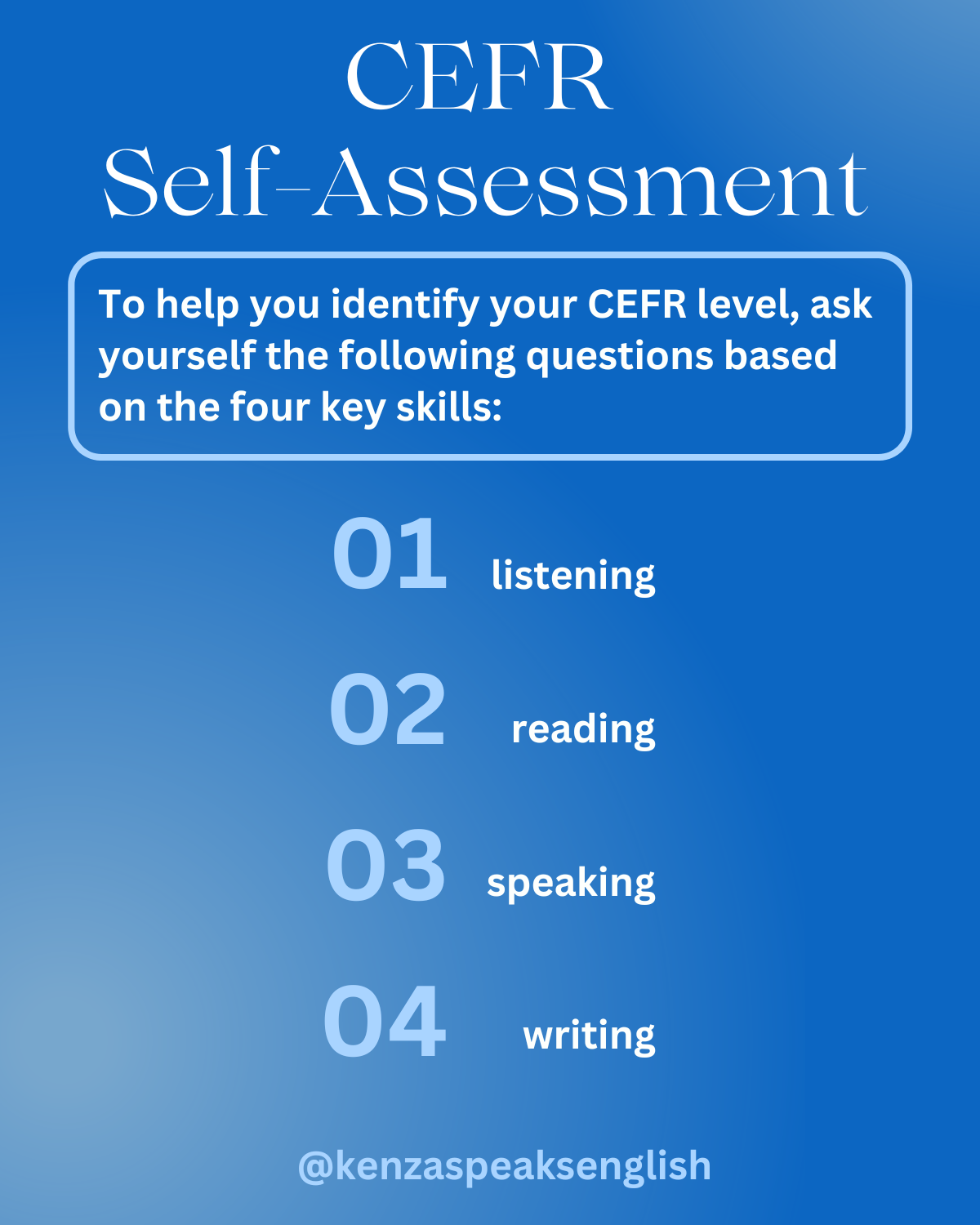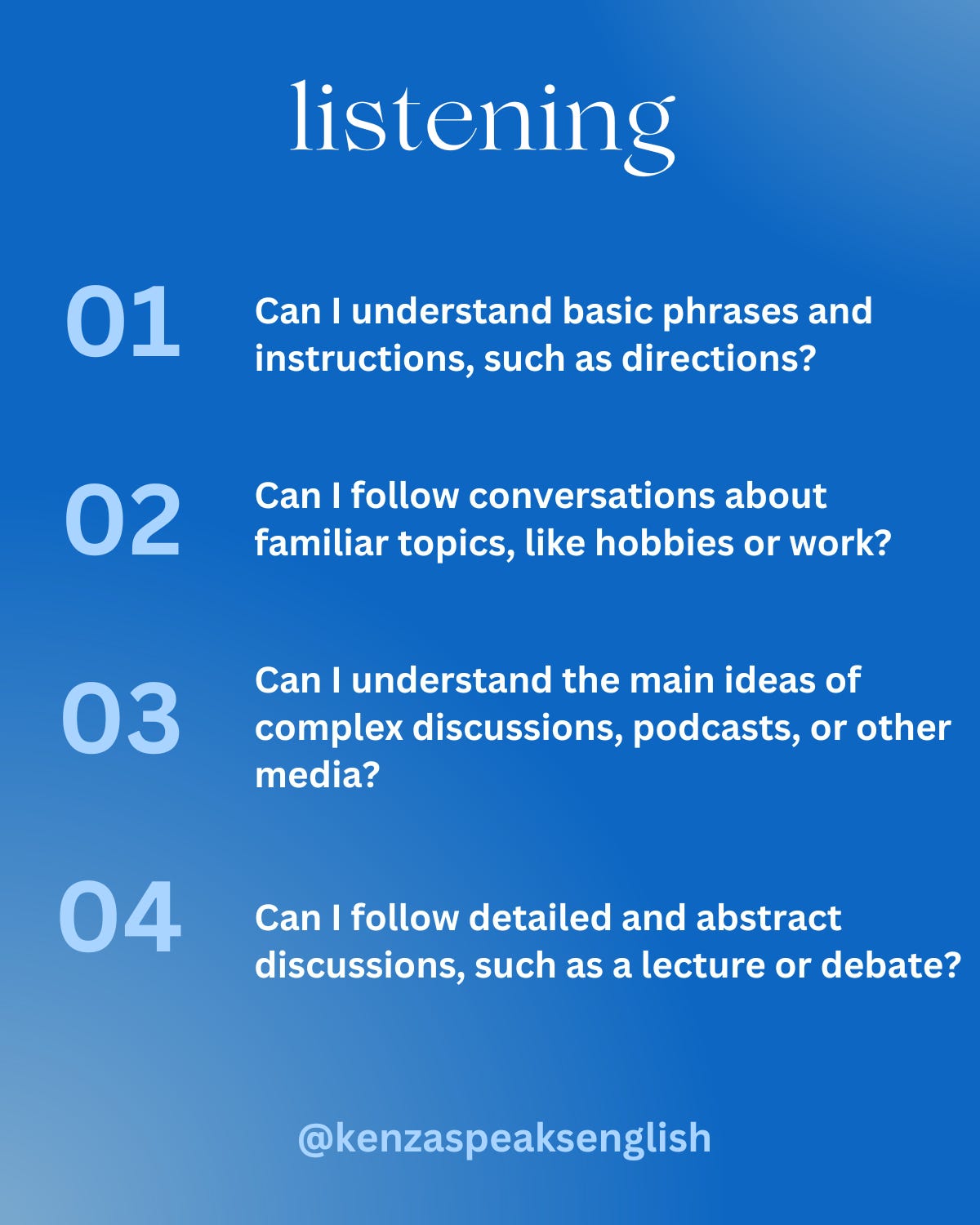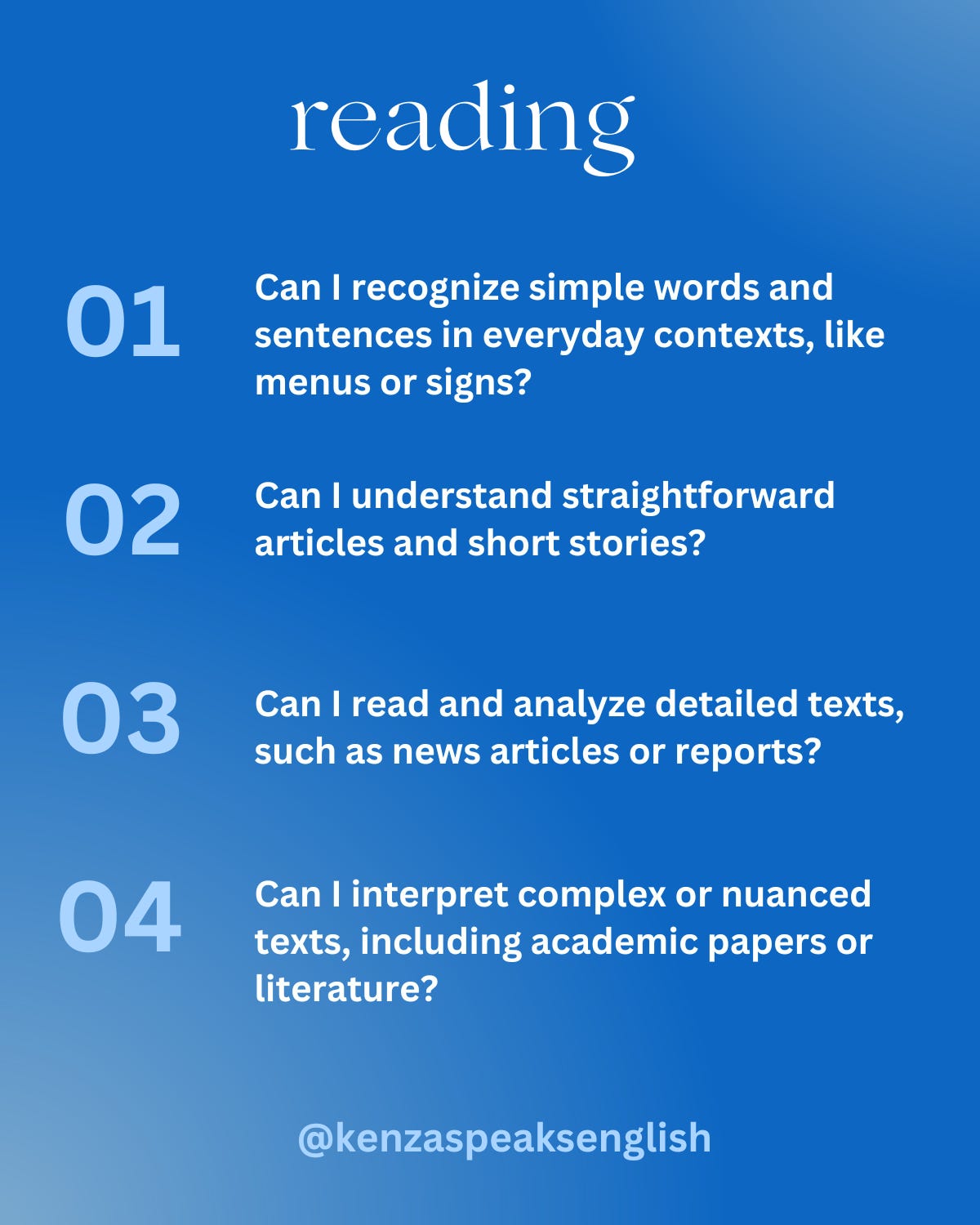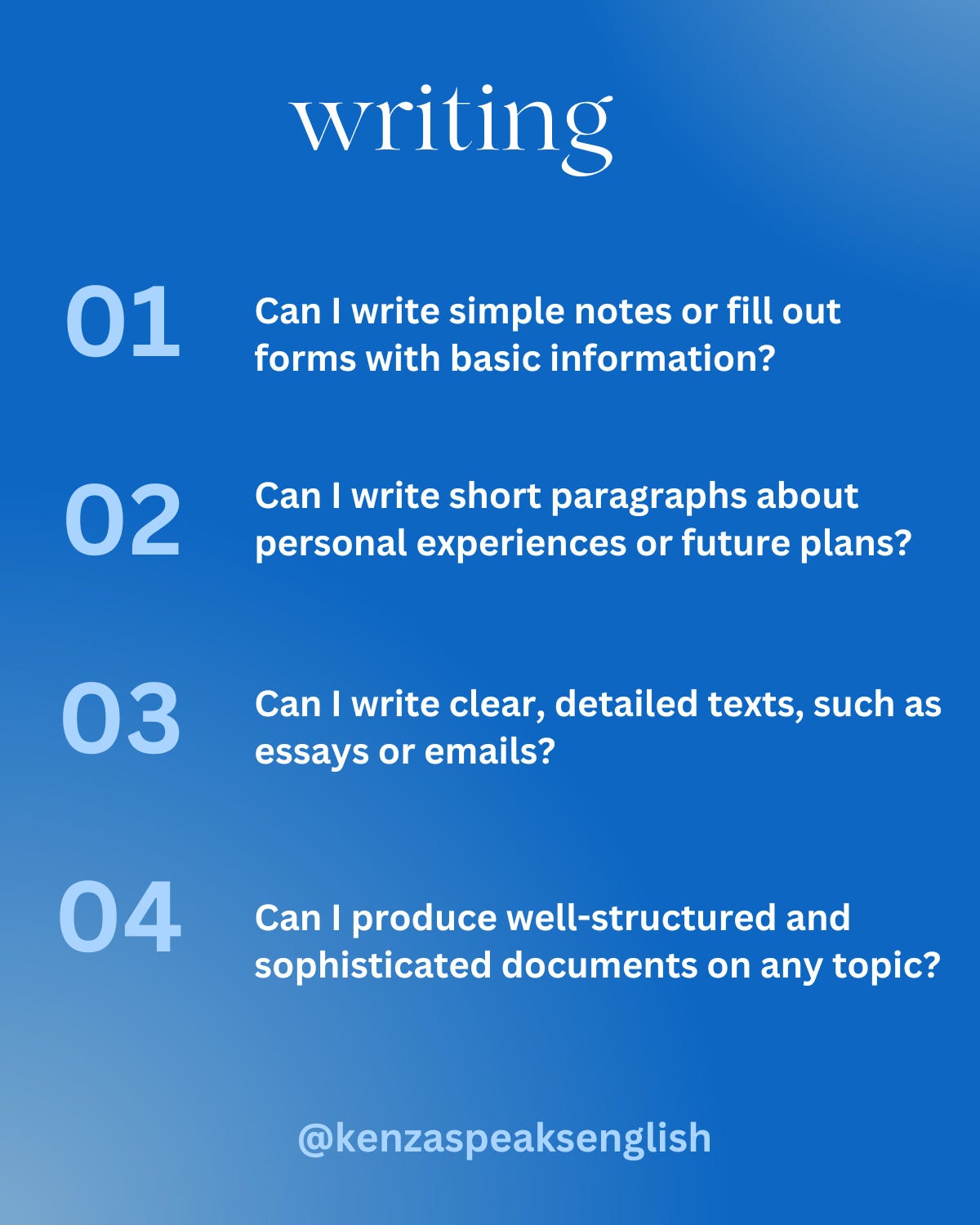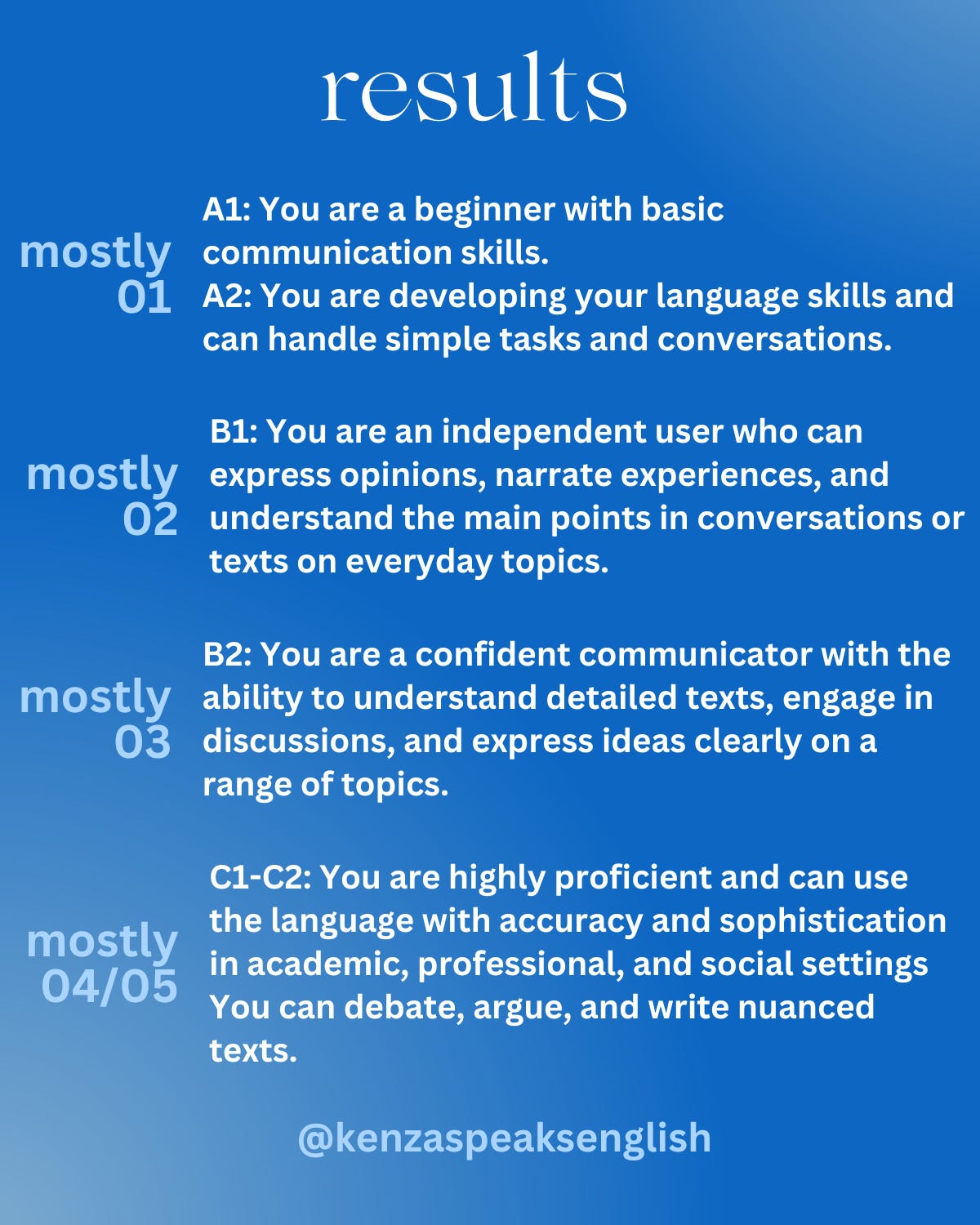As a lover of language learning, I'm sure that at some point, you have heard someone refer to their secondary language level as “B1” or “C2.” Or perhaps you have taken a language course or applied for a job that makes reference to “the CEFR.”
If you have and were left perplexed by those elusive terms, you're in the right place!
Let's uncover the meaning, purpose, and methodology of the Common European Framework of Reference for Languages (CEFR).
What is the CEFR?
The CEFR is a globally recognized framework that describes language proficiency across six levels: A1, A2, B1, B2, C1, and C2. Originally developed by the Council of Europe, it provides a clear and standardized way to measure and compare language skills, regardless of the language you are learning.
The six levels are divided into three broad categories:
A1-A2 (Basic User): Foundational communication skills for everyday situations.
B1-B2 (Independent User): Ability to handle more complex interactions and texts.
C1-C2 (Proficient User): Advanced proficiency, including academic and professional language use.
Each level includes "can-do" descriptors that outline what learners can accomplish in listening, reading, speaking, and writing. For example, an A1 learner can introduce themselves and ask simple questions, while a C1 learner can easily debate abstract topics.
Why is the CEFR Important?
The CEFR serves several purposes in education, employment, and personal development:
For Learners:
It helps you set realistic goals and track progress in your language learning.
It provides a clear roadmap, making it easier to focus on what's next in your studies.
For Teachers and Institutions:
It offers a standardized way to create curricula and evaluate students' progress.
It facilitates the creation of language courses and exams tailored to different levels.
For Employers and Organizations:
It ensures consistency when assessing language qualifications for hiring or admissions.
It helps determine whether a candidate's language skills meet specific job requirements.
How Can You Assess Your CEFR Level?
There are several ways to determine your current CEFR level:
Formal Assessments:
Official language exams such as the TOEFL or IELTS align their results with CEFR levels. Taking one of these tests gives you a certified level that is recognized internationally.
Language Schools and Tutors:
Enrolling in a language course or consulting with a tutor can help you determine your level and receive personalized guidance.
Online Tests:
Many free and paid online tools can estimate your CEFR level through quizzes and tasks. For a free assessment in English, try the British Council test. Assessments in English and over 60 other languages are included with your free 30-day trial on Glossika, the language learning platform that improves fluency through sentence-based audio repetition and contextual learning.
Self Assessment
You can assess yourself by applying the standards for each category in the CEFR framework to your abilities in your target language.
Try it out now:
The CEFR is a powerful tool for anyone learning, teaching, or evaluating language skills. Whether you’re a beginner or an advanced learner, understanding the CEFR can help you achieve your language goals more effectively.
Why not take a moment to assess your current level and map out your next steps?
Happy learning,
Kenza
P.S.
Do you want to speak English confidently, improve your skills efficiently, and pinpoint the areas you need to work on—all with the expert guidance of a professional?
Accomplish all of this and more with my private English coaching sessions.
Each session provides:
customized learning
boosted confidence
actionable tools for improvement
And for a limited time, new clients can receive four sessions for the price of three.
One session per week for one month will bring you closer to fluency and achieving your 2025 goals.





